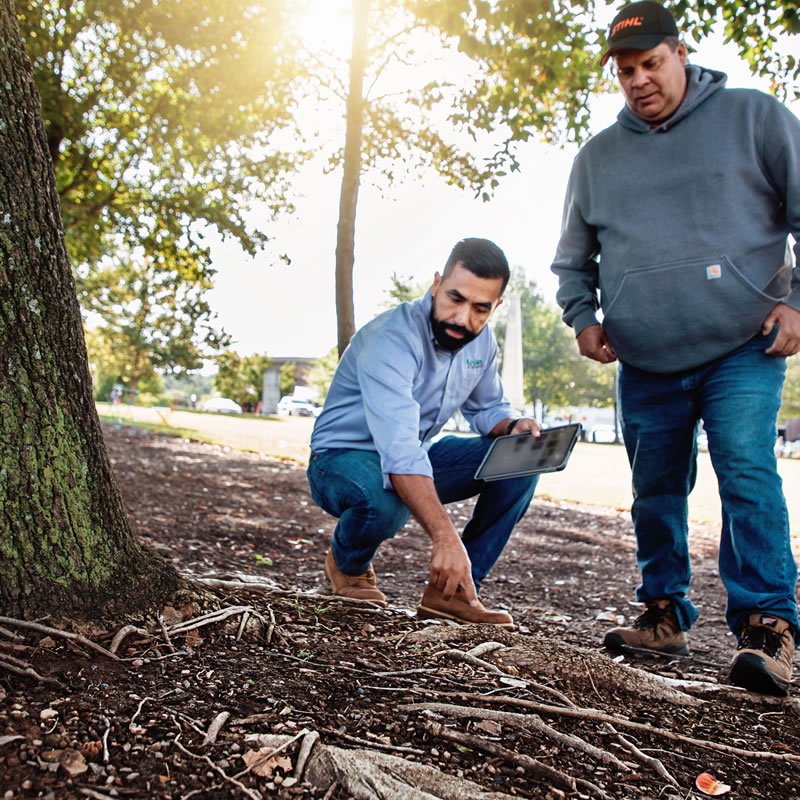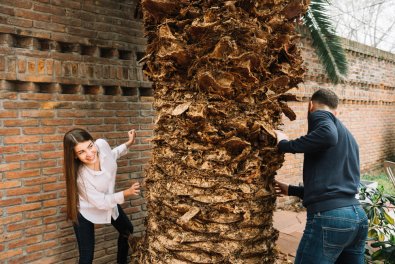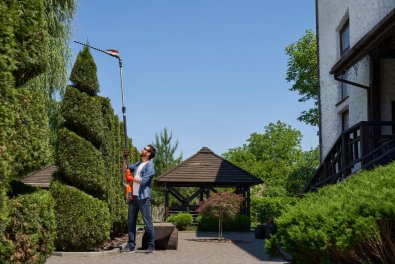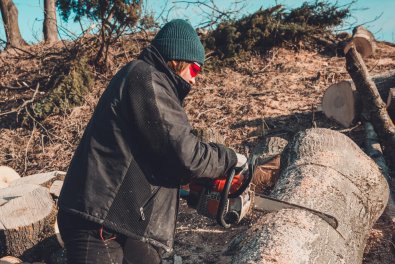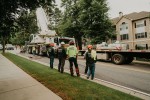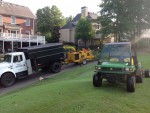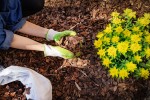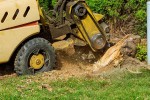Signs of Tree Root Damage
The tree root is the anchor that keeps the tree in place but thats not all a healthy root is good for. Roots are the lifeline of the tree, taking up air, water, and nutrients from the soil to transport up to the leaves where they interact with the sun to produce energy for the tree. Studies have shown that these roots even communicate with microorganisms in the soil to protect the tree from disease. So, taking care of the roots is as important as caring for the rest of the tree. In this article brought to you by Sesmas Tree Service, we will review some signs of tree root damage so that you can address the problem as soon as possible.
The ISA-certified arborists at Sesmas Tree Service are always ready, willing, and able to help. If you have any questions or concerns, then call Sesmas Tree Service to get in touch with a courteous professional.
Wilting
Damaged roots mean less absorption of water from the soil and trees will start to wilt when they are not getting the moisture they need. Granted, wilting also occurs if the tree is underwatered or overwatered. So, check the moisture levels in the soil before panicking about root damage.
Thinning Foliage
As we stated earlier, the nutrients, water, and oxygen that the roots absorb is transported to the leaves. If the roots are damaged, then these nutrients, water, and oxygen will not reach the foliage. The result is thinning foliage, yellow undersized leaves, wilted brown leaves, and dead branches in the upper canopy.
Leaning Tree
The tree root serves as an anchor that keeps the tree in place. When the roots begin to wither or weaken, then you may notice the tree start to lean in a certain direction. This is extremely dangerous and should be addressed as soon as possible to avoid damage to property and injury to passersby.
Causes of Root Damage
Tree roots can be damaged by a variety of factors, but some common culprits include:
- Animals, especially insects, feeding on the roots.
- Soil compression due to foot traffic and heavy machinery going over the area.
- Digging in the area around a tree. A significant portion of the tree roots are in the upper twelve inches to eighteen inches of the soil.
- Mowers, edgers, and weed whackers can damage tree roots and expose them to fungal and bacterial infections. Be careful when landscaping around tree roots.
What to Do
Significant root damage will lead to the death of the tree, but there are some measures you can take to protect the tree with root damage:
- Apply mulch around the tree.
- Radial trenching to add nutritious topsoil.
- Fertilizer can support the development of new roots.
- Pruning the roots at specific locations can stimulate growth.
- Support leaning trees with cables, braces, or props.
Call Sesmas Tree Service
If you would like to consult with an ISA-certified arborist, then feel free to call Sesmas Tree Service. We are always ready and happy to help.


